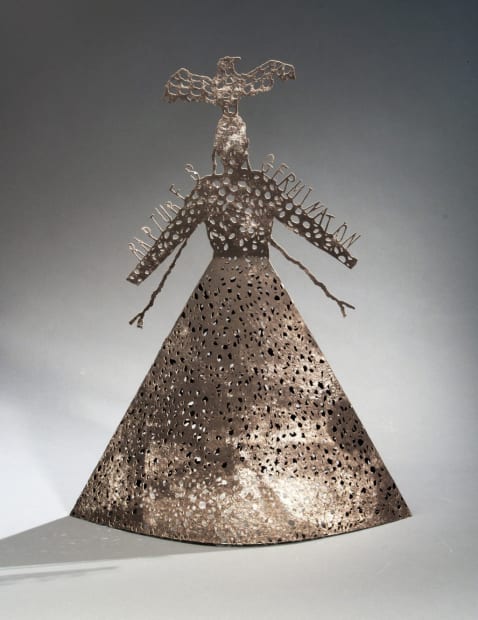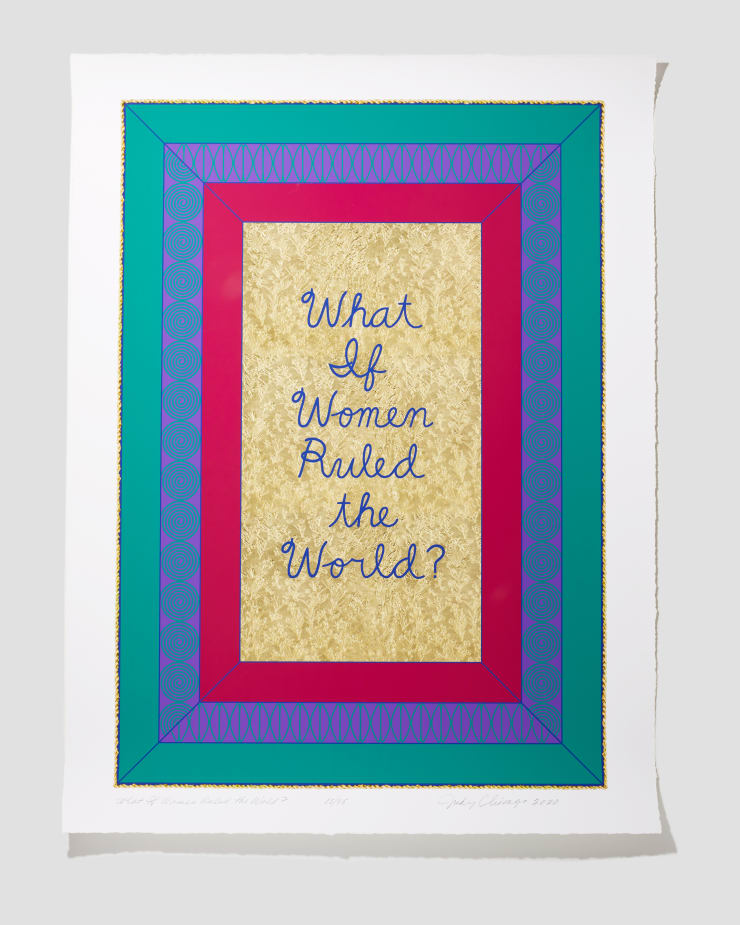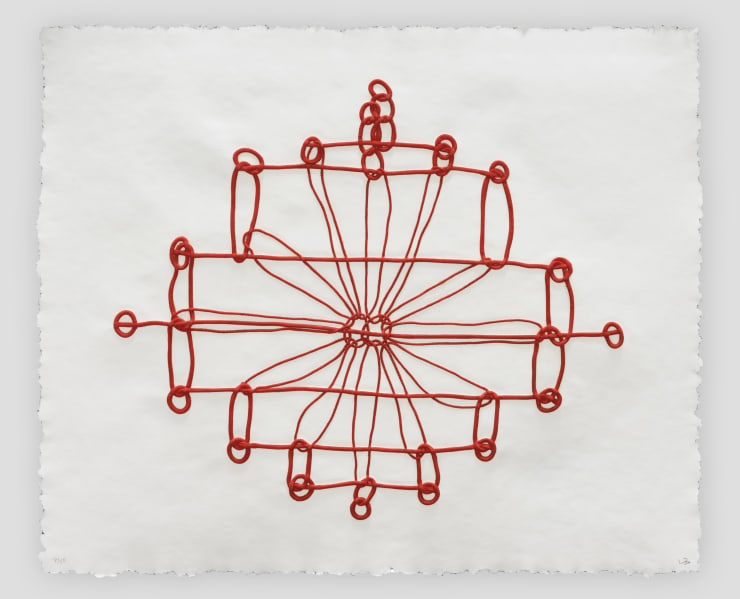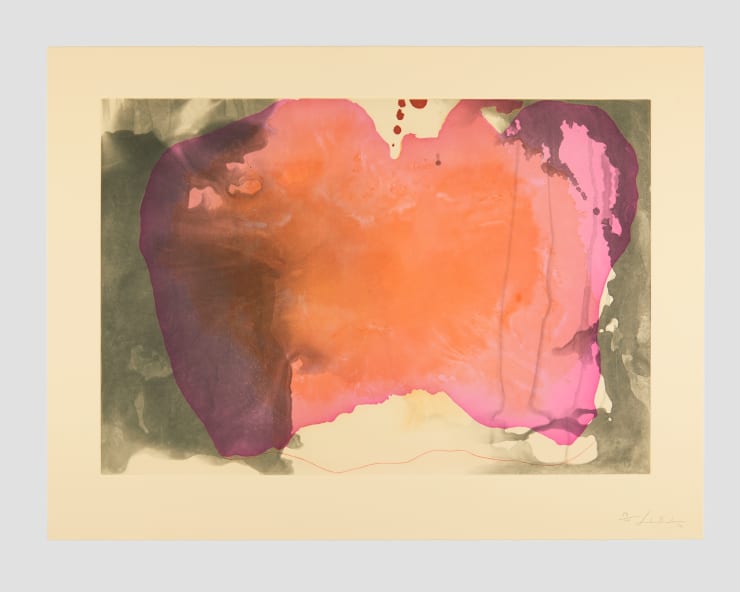-

-

-

-
Featured Artworks
-

-

-

-

-

-
All Artworks
-
-
 Judy Chicago, What if Women Ruled the World?, 2020
Judy Chicago, What if Women Ruled the World?, 2020 -
 Judy Chicago, Signing the Dinner Party, 2008
Judy Chicago, Signing the Dinner Party, 2008 -
 Lesley Dill, Rapture's Germination, 2010
Lesley Dill, Rapture's Germination, 2010 -
 Lesley Dill, Poem Dress of Circulation, 1994
Lesley Dill, Poem Dress of Circulation, 1994 -
 Lesley Dill, Woman with Hindi Healing Dress, 2005
Lesley Dill, Woman with Hindi Healing Dress, 2005 -
 Louise Bourgeois, Crochet II, 1998
Louise Bourgeois, Crochet II, 1998 -
 Helen Frankenthaler, Causeway, 2001
Helen Frankenthaler, Causeway, 2001 -
 Danielle Orchard, Smile More, 2019
Danielle Orchard, Smile More, 2019 -
 Jiha Moon, Take Out, 2013
Jiha Moon, Take Out, 2013 -
 Mary Heilmann, Thief of Baghdad, 2007
Mary Heilmann, Thief of Baghdad, 2007
-


















